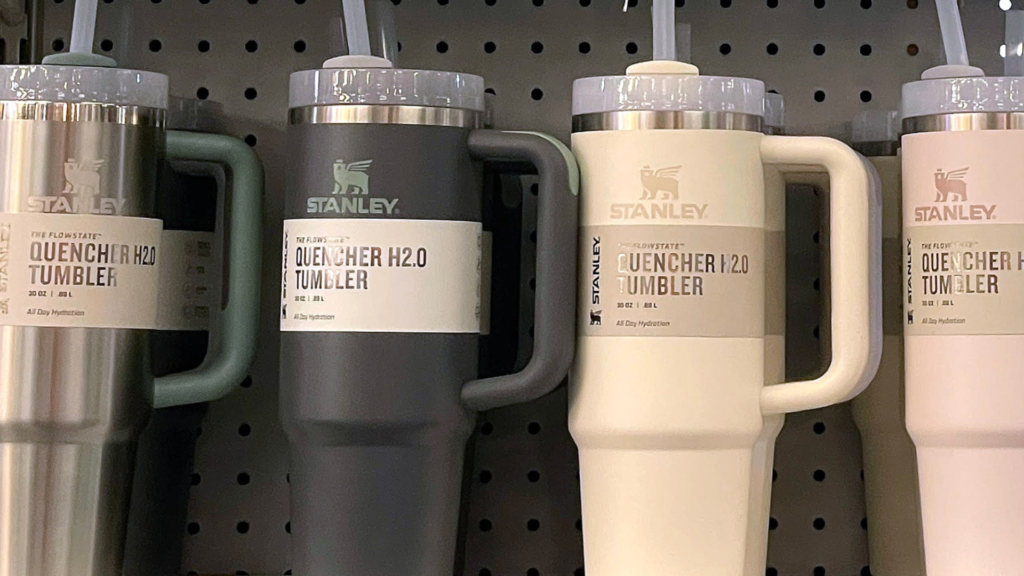
According to Today’s News, recently there have been concerns raised by social media users regarding the risk of lead exposure from drinking out of a Stanley mug. However, Stanley has responded to these claims, clarifying that while lead is used in the manufacturing process, there is no lead present on the surface of their products that come into contact with the consumer or the contents of the product. A spokesperson for Stanley explains that each quencher made by the company has a circular barrier made of stainless steel on the bottom, which covers a pellet containing lead. This pellet seals the product’s vacuum insulation and is not accessible unless the stainless steel barrier is removed, which is rare. In the event that a Stanley cup becomes damaged and the cover comes off, the company offers a lifetime warranty and customers can submit a claim.
Stanley is committed to finding innovative and alternative materials for use in the sealing process, according to their spokesperson. They also assure that all their products comply with U.S. regulatory requirements and undergo verification by FDA-accredited third-party labs to ensure they meet strict guidelines, including those for BPA/BPS, PFOS, and phthalate.
The Centers for Disease Control and Prevention (CDC) acknowledges that when lead is used in manufacturing, there is a risk of lead exposure for consumers, especially for products intended for food consumption. There is also a potential occupational safety risk for workers and their families if proper safeguards are not in place.
Some Stanley customers have conducted at-home tests to assess if their products contain lead, with mixed results. However, it is important to note that the quality of these tests and the specific part of the cup being tested are often unclear.
Lead poisoning activist Tamara Rubin, also known as Lead Safe Mama, has been advocating against the use of lead in products that enter the home since her own child suffered brain damage from exposure to lead paint dust during a home renovation. Rubin has tested several Stanley tumblers that were sent to her after the protective cover at the bottom had come off, and she found lead in some of them. She suggests that heavy use, fidgeting by children, and repeated washings can increase the likelihood of the cover coming off.
Lead is a naturally occurring metal found in the environment, including soil. While laws have helped reduce lead exposure, it can still be found in some products today. Lead poisoning can occur through inhalation or ingestion of lead dust or particles. Once lead enters the bloodstream, it can cause severe health consequences, particularly in children who are more susceptible to lead absorption.
The symptoms of lead poisoning in adults can vary, but they may include abdominal pain, constipation, fatigue, headaches, and memory loss.
As long as the cover at the bottom of a Stanley cup remains intact, there is no risk of lead exposure. However, repeated exposure to lead is a concern, especially for children who may fidget with the cup and engage in hand-to-mouth behavior. While the risk of exposure from a single instance of touching lead is low, scraping the exposed lead against a hard surface or coming into contact with acidic substances can increase the risk of absorption.
It is important to keep an eye on the bottom of a Stanley cup to ensure the cover stays in place. If the cover does come off and exposes the seal containing lead, customers can submit a claim under the product’s lifetime warranty.
While Stanley uses lead-containing pellets in their insulated cups, they are not alone in doing so. Other companies in the industry also use similar pellets. However, some competitors, such as Hydro Flask, do not use lead in their manufacturing process.
The Consumer Product Safety Commission (CPSC) monitors products for lead content violations and has recently recalled several children’s products that exceeded the federal lead content ban. It is important to be aware of these recalls and choose products from reputable companies that prioritize safety.



